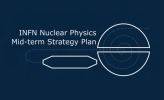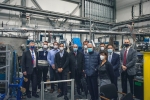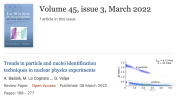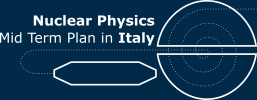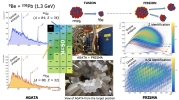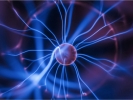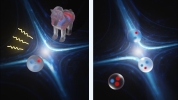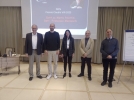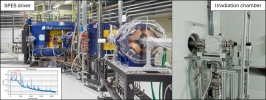Research in nuclear physics

Please visit our website for more details: link
Papers are available on EPJ Plus in Open Access:
Focus Point on Middle Term Plan of Italian Laboratories in Nuclear Physics
- Nuclear physics midterm plan in Italy: introduction to the series [LINK]
- Nuclear physics midterm plan at Legnaro National Laboratories (LNL) [LINK]
- Nuclear physics midterm plan at the Laboratori Nazionali del Sud (LNS) [LINK]
- Nuclear physics midterm plan at the Laboratori Nazionali del Gran Sasso (LNGS) [LINK]
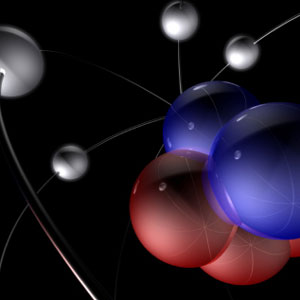
CSN3: from the constituents
of the nucleus to applications
and interdisciplinary research
To study how the quarks, the basic constituents of matter, aggregate when atomic nuclei are formed, current experiments exploit collisions between high energy particles. The collision between an electron and a nucleus - as foreseen by the INFN collaboration at the Jefferson Lab - will allow us to perform a three-dimensional photograph of the interior of the nucleus while the collision between lead nuclei at CERN, in Geneva, can give life to a short-lived plasma bubble of quarks and gluons, similarly as in the early universe. The mechanisms of star formation, which appeared in the Universe only when it was sufficiently expanded and cooled, are being studied in the INFN National Laboratories as well. At the Gran Sasso National Laboratories, for example, the small Luna accelerator is able to study the formation of nuclei at energies comparable to those found in a star, much lower than those obtained in normal particle accelerators. Accelerators and detectors among the most sophisticated in the world are instead installed at the National Laboratories of Legnaro and the Southern National Laboratories for the production and study of the characteristics of unstable nuclei. One of the primary objectives of these experiments is the understanding of the mechanisms of formation of heavy nuclei, of mass greater than iron, in large stars. Furthermore, the study of the nuclear force in the presence of "strange" quarks continues at the National Laboratories in Frascati, which is also important for understanding the behavior of neutron stars.
